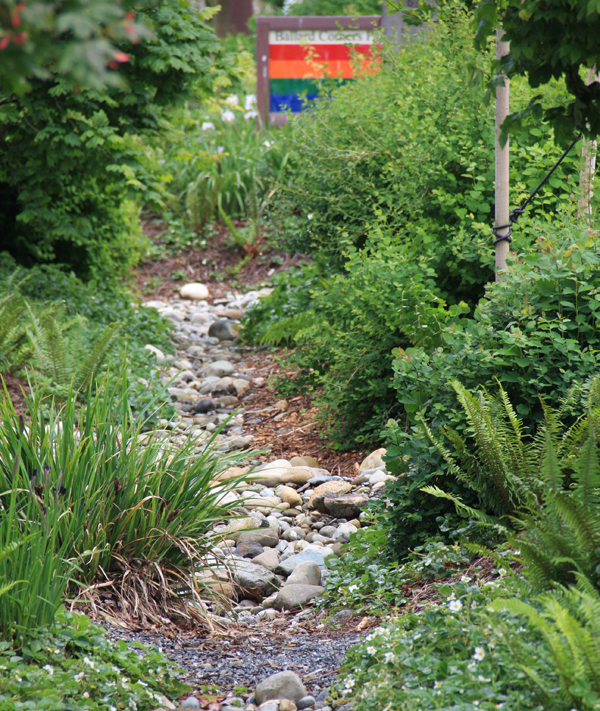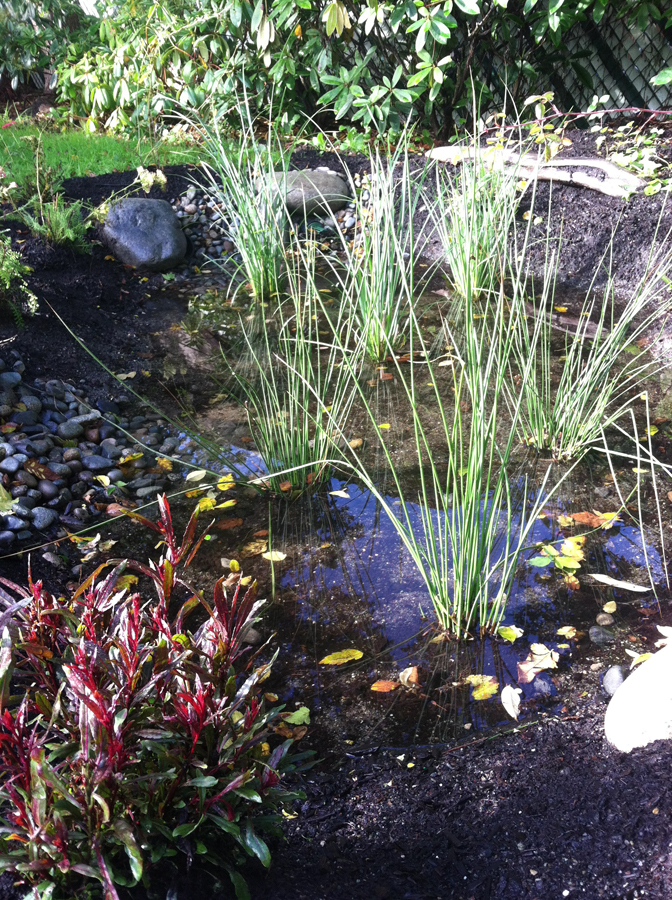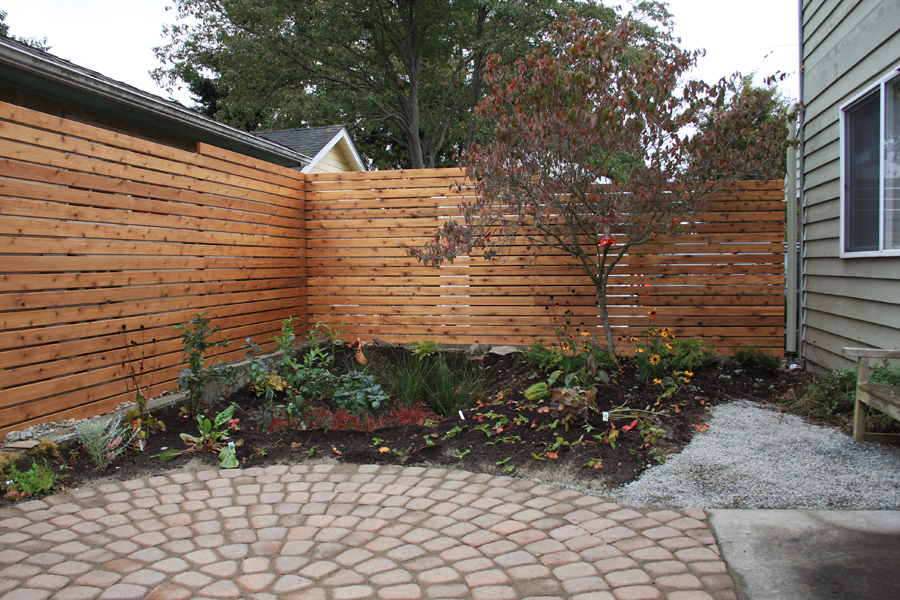Steve Weber, of Barker Landscape Architects, explains the importance of rain gardens in Seattle.
In Seattle, a city known for its rain, stormwater runoff management is a constant concern. One way to help manage this problem is to install rain gardens on commercial and residential properties within the city. Many urban residents have already installed rain gardens as part of their properties’ landscapes (Hammer & Hand’s Ballard Passive House project will have a rain garden assembled this week!) and the Bullitt Center, “the greenest commercial building in the world,” uses a comprehensive stormwater management system that incorporates both a rain garden and constructed wetlands.
For a closer look, Landscape Contractor Steve Weber of Barker Landscape Architects was kind enough to answer a few questions about rain gardens in Seattle:
Hammer & Hand: Why are rain gardens important in the Seattle area?
Barker Landscape Architects: In the City of Seattle, stormwater runoff collected from our home gutters and downspouts is fed directly to our residential wastewater pipes on route to water treatment facilities. Throughout the rainy season and especially during peak rains, the wastewater system can be overwhelmed, resulting in combined sewage overflows (CSO). These overflows run directly into our city’s waterways, polluting the water and threatening wildlife. In 2012, that volume of untreated overflow runoff totaled 154 million gallons!
Rain gardens provide an opportunity to redirect stormwater runoff from entering the wastewater system by filtering it into the residential landscape. They use bioretention soil, which helps filters contaminants from the stormwater as it infiltrates back into your yard. The rain garden is installed with an overflow of its own, preventing flooding from occurring in your yard from a peak storm. The landscape is then planted with wetland species (often native ones), which can handle the excessive water within a rain garden.

Photos by Barker Landscape Architects + Forrest Gardens Construction
In 2010, Seattle Public Utilities and King County started a pilot program in neighborhoods most directly affected by the CSOs called Rainwise. This program offers rebates to homeowners who install a compliant rain garden and/or cistern system, reducing the end cost of these landscape improvements by an average of 85% (according to Rainwise statistics). Seattle Department of Transportation has also installed a few roadside rain gardens along the right-of-way.
H&H: What types of plants would you suggest for planting in rain gardens here in Seattle?
BLA: Wetland edge varietals, such as native sedges and rushes, Beeblossom (Gaura), and Kelseyi Dogwood make great Seattle rain garden plants. Beeblossom’s white and pink flowers and the red branches of Kelseyi Dogwood give an added splash of color to the typically green rain garden plant palette.

H&H: What are the important design elements to consider when planning and installing rain gardens?
BLA: There are three main considerations that go into the planning of a rain garden:
1. The square footage of your roof (this determines the volume of water you’ll need to redirect).
2. The infiltration rate of your soil (how quickly water soaks back into your yard).
3. The size of the ground area you can devote to your rain garden.
If the infiltration rate is not enough to handle the stormwater from your roof, a cistern can be added as a holding tank until the rain garden can handle more water. Rain gardens feature sloped sides down to a bottom area (determined by the size of your roof) – then filled with the bioretention soil and plantings. If the rain garden’s sides are limited by a bordering retaining wall or other “vertical wall” element, then that bottom area may have to be increased significantly to provide adequate infiltration back into the yard.

While there are some technical requirements, remember to get creative – there are plenty of ways to enhance the style of any rain garden. Try to add cobble of various sizes, colorful plants, driftwood, or sculpture if you can.

BLA: Forrest Gardens Construction has installed dozens of rain gardens year-round, yet nothing beats working outside in the NW when the sun’s out.
Back to Field Notes